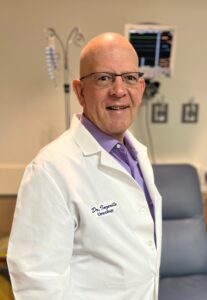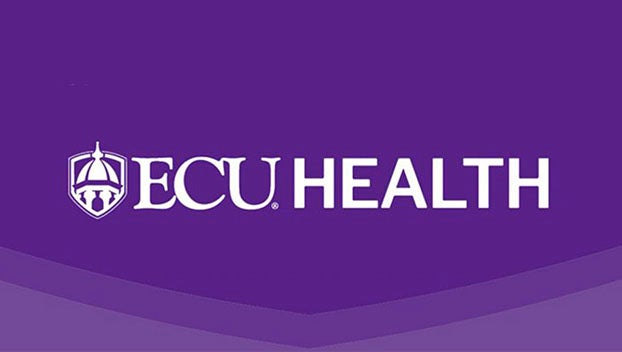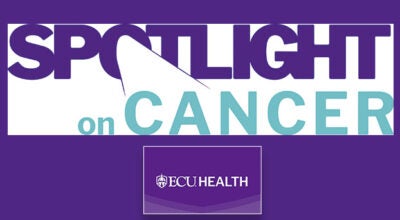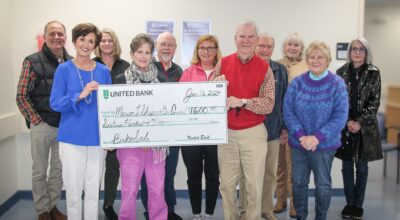Health Beat: Complementary cancer therapy
Published 1:00 pm Saturday, December 23, 2023
|
Getting your Trinity Audio player ready...
|

Dr. John Inzerillo
Cancer treatment is not all chemotherapy and radiation. In today’s treatment landscape, it’s not all about immunotherapy, though immunotherapy is used quite often. There are other useful therapies that help people during and after treatment known as complementary therapies. These treatments are not to be used instead of chemotherapy, radiation, or immunotherapy, but in addition to these treatments.
What can complementary therapies offer? Complementary treatments improve energy levels and decrease fatigue. They also improve one’s mood, promote relaxation, and build confidence, and in doing so, decrease anxiety and depression.
A basic complementary therapy is exercise. Until recently, there was no agreement on the type of exercise or how much should be done to see improvements. We now agree that any movement is helpful. For those capable, walking can be done in the yard, a mall, or inside of your house. Regular exercise allows patients to better tolerate treatment and can increase one’s life span.
For those unable to walk, sitting in a chair or lying-in bed doing mindful movements will slowly build strength and stamina. Five to ten minutes a day is enough to get started. It seems too simple to say lying in your bed, raising your arms or lifting your legs is actually exercise, but it is. Don’t just swing your arms and legs, hold them in position and breathe deeply. Stress your muscles just enough to feeling a gentle pulling or a slight burning discomfort. This tells you your muscles are being worked. Too often exercise is aimed at the younger population, who can run, go to the gym, lift weights, or work the exercise machines. Minor movements, with your muscles activated, can build strength and endurance. When done for fifteen minutes, three to five times a week, improvements follow, but be patient, it takes time.
Mind-body therapies are the most familiar complementary therapies. Meditation or praying helps the body and mind come together and reduce stress. Both quiet the mind and bring a sense of peace, allowing the body to heal in rest. Hypnosis, and self-hypnosis, types of guided meditation, are easy to follow using an app or the internet. Many YouTube channels offer hours of guided prayer that help keep the mind focused on the positive. Thankfulness replaces negative thinking.
At the Marion L Shepard Cancer Center, yoga has been offered to patients and families for almost twenty years. The positions are tailored to the abilities of those attending the classes. Art, music, and dance are other complementary therapies. Art classes have also been offered at our center for many years. When involved in the creative process our mind is not free to dwell on the problems and difficulties we face, instead accomplishment and connection result.
To appreciate the healing music can foster, you don’t have to play guitar, piano, or any other instrument. Singing brings up our mood, eases our breathing, and lightens our hearts. We may not all sound like Elvis or Celine Dion, but so what. Sing to make yourself happy. You may even want to dance.
Dr. John Inzerillo is a medical oncologist at the Marion L. Shepard Cancer Center, a department of ECU Health Beaufort Hospital, located at 1209 Brown Street in Washington. Complementary Therapies of yoga, massage and art therapy are available for all cancer patients, survivors and caregivers thanks to the generous donations to the Shepard Cancer Center Development Council. For more information about these FREE complementary therapies please call 252-975-4308.




